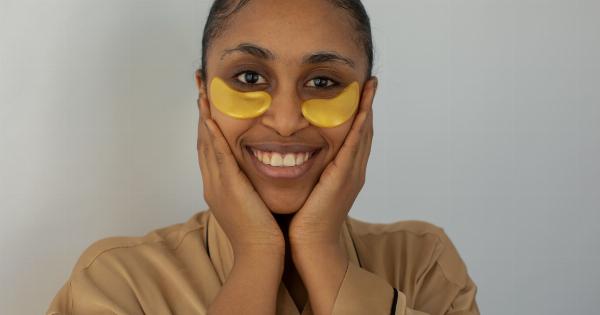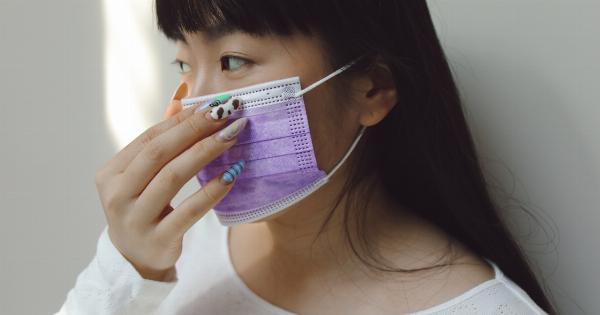Keratoconus is a condition where the cornea (the clear outer layer of the eye) becomes thin and bulges outwards into a cone-like shape.
This can cause a host of vision problems including blurred vision, glare, sensitivity to light, and even halos around lights. The condition usually develops during adolescence or early adulthood and can progress over time if not treated.
Fortunately, there are several treatment options available for keratoconus that can help manage symptoms and prevent further progression of the disease. In this guide, we will cover the most successful treatment options for keratoconus.
1. Corneal Cross-Linking (CXL)
Corneal cross-linking (CXL) is considered to be the most effective treatment option for keratoconus. The procedure involves applying riboflavin (vitamin B2) eye drops to the cornea and then exposing it to ultraviolet light.
This process causes new bonds to form within the cornea, strengthening and stabilizing it.
CXL is an outpatient procedure and typically takes around an hour to complete. It is performed under local anesthesia and is generally considered to be safe.
While there may be some discomfort and sensitivity to light following the procedure, most patients experience a significant improvement in their vision within a few weeks.
2. Intacs
Intacs are small, crescent-shaped plastic segments that are inserted into the cornea to help flatten and reshape it. The procedure is typically performed under local anesthesia and takes around 15-20 minutes to complete.
While Intacs can be an effective treatment option for keratoconus, they are considered to be less effective than CXL. In addition, they may need to be replaced or removed after a few years as the cornea continues to change shape.
3. Gas-Permeable Contact Lenses
Gas-permeable contact lenses are often used to manage the symptoms of keratoconus. These contact lenses are made of a hard material that helps to reshape the cornea and improve vision.
They are designed to sit on the cornea without touching the bulging part of the eye, which can be uncomfortable for some patients.
While gas-permeable contact lenses can provide significant improvement in vision, they do require regular cleaning and maintenance. In addition, they may need to be replaced as the cornea continues to change shape over time.
4. Scleral Contact Lenses
Scleral contact lenses are a newer type of contact lens that can be used to manage keratoconus. These lenses are larger than traditional contact lenses and are designed to rest on the sclera (the white part of the eye) rather than the cornea.
Because scleral lenses are larger, they tend to be more comfortable for patients with keratoconus. They also provide improved vision compared to traditional contact lenses.
However, they do require special cleaning and maintenance and can be more expensive than other types of contact lenses.
5. Corneal Transplant
Corneal transplant is a surgical procedure in which the damaged cornea is replaced with a healthy donor cornea. This procedure is typically reserved for patients with advanced keratoconus that cannot be managed with other treatment options.
While corneal transplant is an effective treatment option, it does come with some risks. The procedure requires general anesthesia and can take several weeks to recover from. In addition, there is a risk of rejection or failure of the transplant.
6. Topography-Guided LASIK
Topography-guided LASIK is a newer type of LASIK procedure that is specifically designed for patients with keratoconus. The procedure uses a computer-guided laser to reshape the cornea and improve vision.
While topography-guided LASIK can be effective for some patients with keratoconus, it is not suitable for everyone. The procedure may not be effective for patients with advanced keratoconus or for those who have a thin or irregular cornea.
7. Photorefractive Keratectomy (PRK)
Photorefractive keratectomy (PRK) is a type of laser eye surgery that can be used to treat keratoconus. The procedure involves removing the outer layer of the cornea and then using a laser to reshape the underlying cornea.
While PRK can be effective in some cases, it is not suitable for everyone. The procedure may not be effective for patients with advanced keratoconus or for those who have a thin or irregular cornea.
8. Implantable Collamer Lenses (ICLs)
Implantable collamer lenses (ICLs) are a type of implantable lens that can be used to treat keratoconus. The procedure involves inserting a small, flexible lens into the eye to improve vision.
While ICLs can be effective for some patients with keratoconus, they are not suitable for everyone. The procedure may not be effective for patients with advanced keratoconus or for those who have a thin or irregular cornea.
9. Hybrid Contact Lenses
Hybrid contact lenses are a type of contact lens that combines a rigid, gas-permeable center with a soft outer ring.
This design provides the benefits of both rigid and soft contact lenses, making them comfortable to wear and providing improved vision for patients with keratoconus.
While hybrid contact lenses can be effective for some patients with keratoconus, they do require regular cleaning and maintenance. In addition, they may need to be replaced as the cornea continues to change shape over time.
10. Omega-3 Supplements
While not a treatment option in and of itself, omega-3 supplements may help manage the symptoms of keratoconus. Omega-3 fatty acids are found in cold-water fish like salmon and tuna, as well as in flaxseed and walnuts.
Studies have shown that omega-3 supplements may help reduce inflammation in the eye and improve tear production, which can help manage dry eye symptoms associated with keratoconus.
Conclusion
Keratoconus can be a challenging condition to manage, but there are several effective treatment options available.
Whether through corneal cross-linking, contact lenses, or other surgical procedures, there is a treatment plan that can help manage symptoms and prevent further progression of the disease.





























